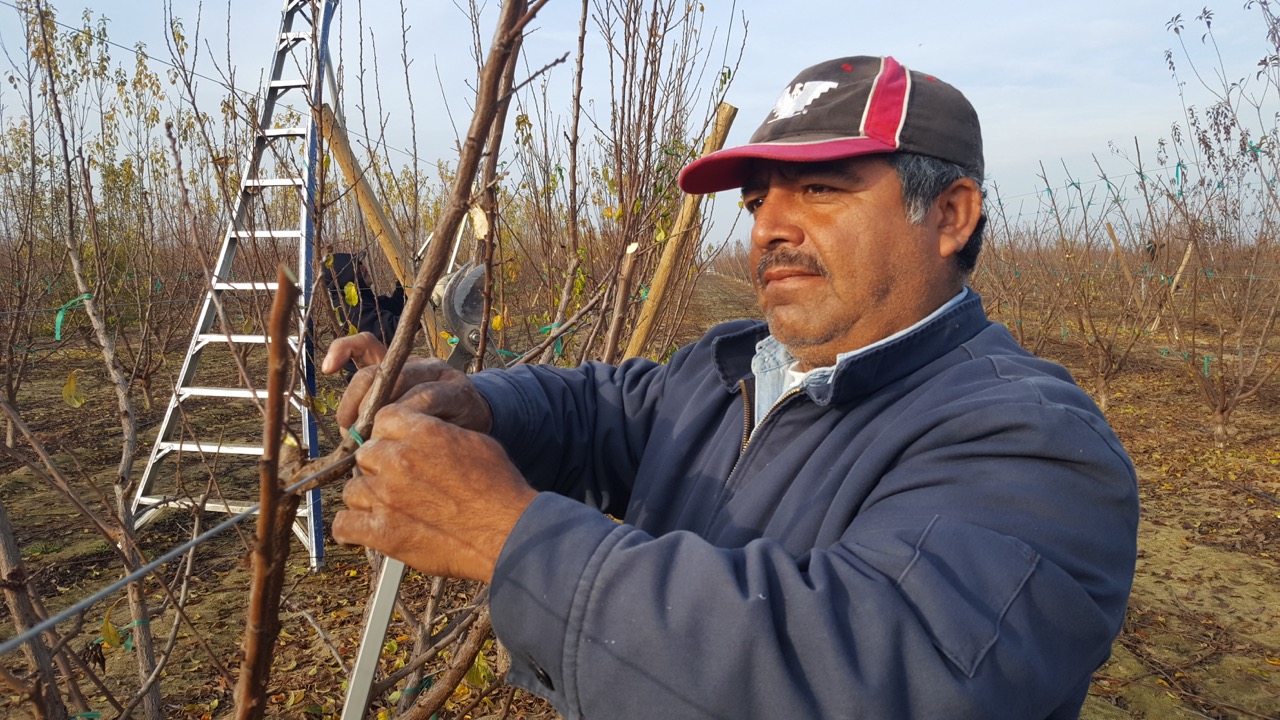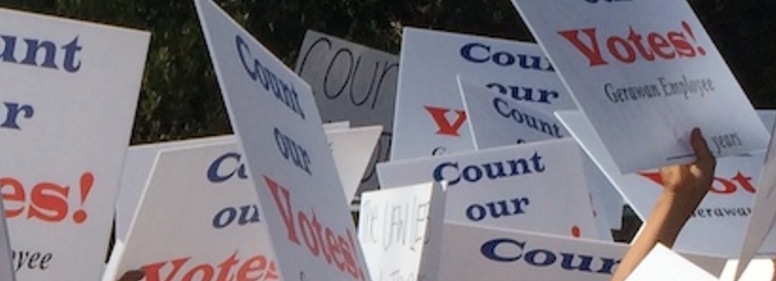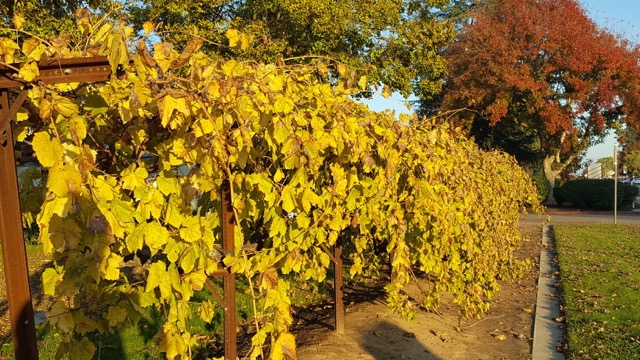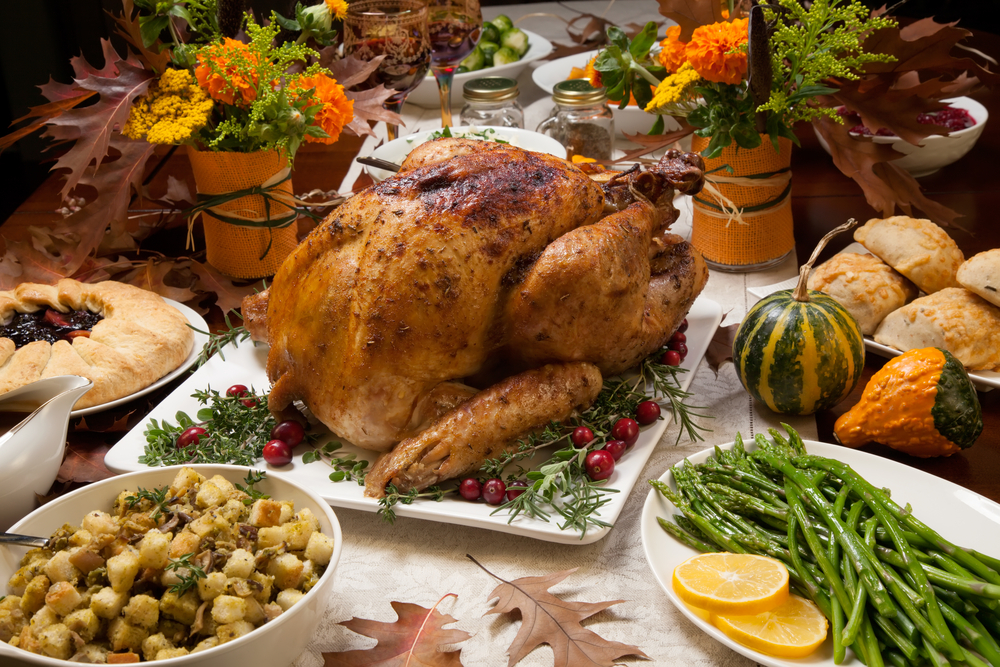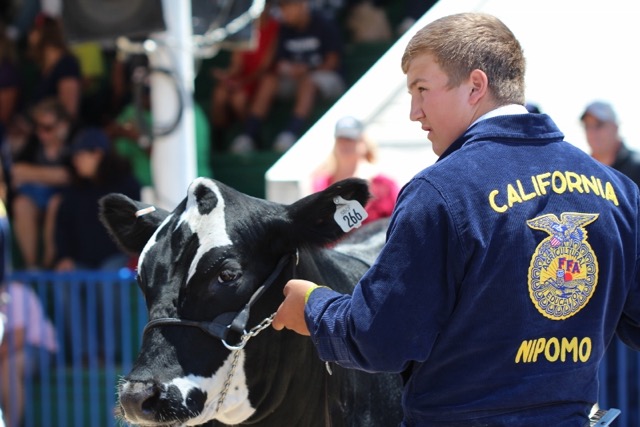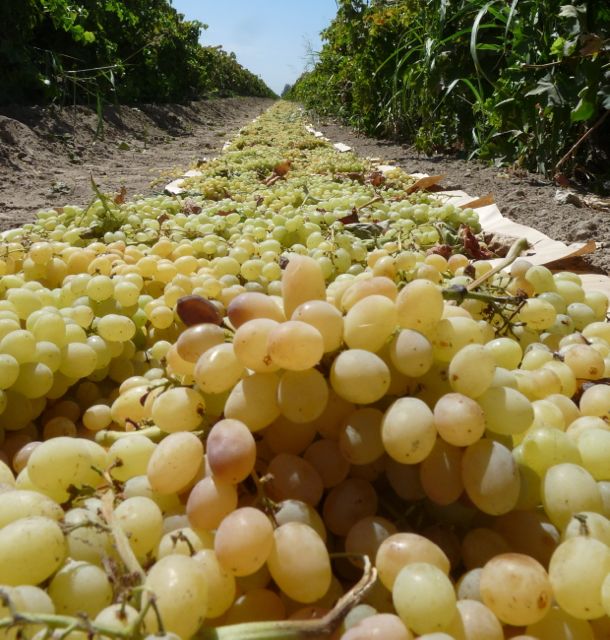Risk & Safety Manager Talks Heat Illness
Preventing Farm Worker Heat Illness
By Patrick Cavanaugh, Farm News Director
Part of a Series
With temperatures heating up throughout the San Joaquin Valley, it’s extremely important that farm workers know how to prevent heat illness. Larry Williams is CEO of the Hall Companies, among the largest Ag labor contractors in this state. Williams is also the Executive Risk and Safety Manager for the company. They take workers’ safety in the field very seriously.
“The heat illness is a big thing for us, because we employ over 25,000 employees throughout the state of California. We’re in the ag industry, so heat is a big thing, especially coming up in the summer time for us,” Williams said.
Williams told California Ag Today how they protect workers across the state.
“We provide shade trailers for 100 percent of our people. In addition to the shade trailers, if needed, we have canopies, [and] umbrellas where needed for our individual irrigators or others. We try to make sure we’re ahead of the game,” Williams said.
Regulations state that shade must be available to all workers when temperatures reach 80 degrees.
“Yes, we have to have shade available, and every site that we pull up to, we automatically bring shade, whether it’s 60 degrees, or 100 degrees,” Williams explained.
“And of course, plenty of water must be available for all workers,” he said.



